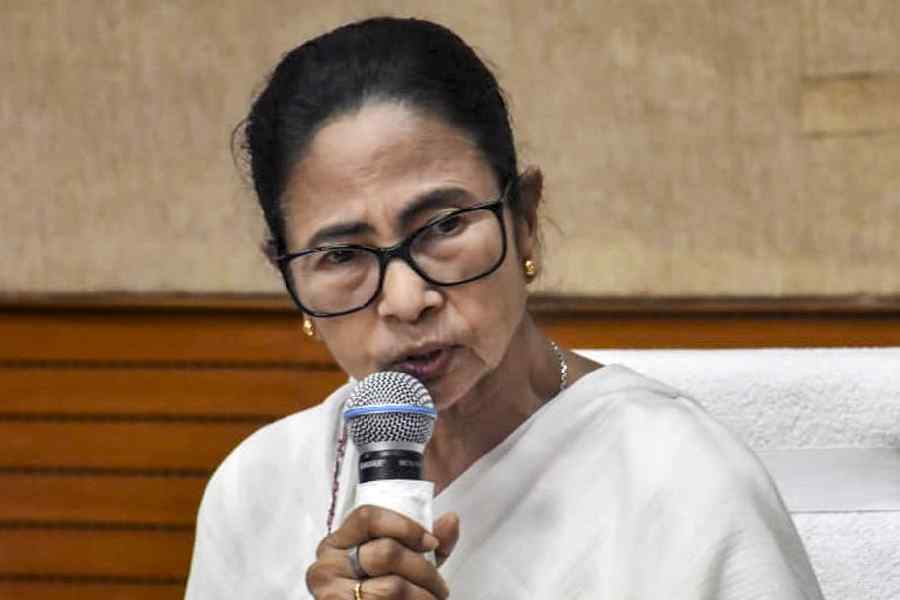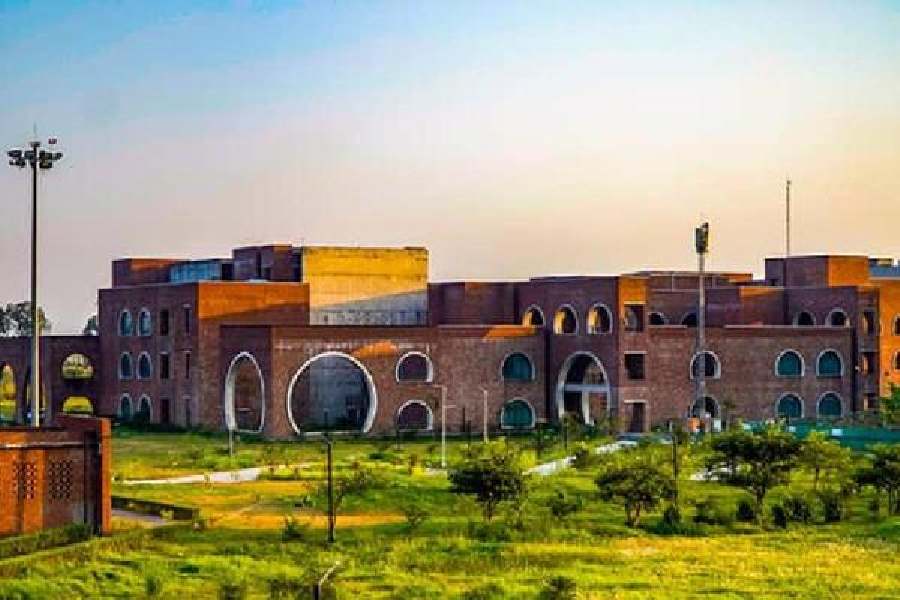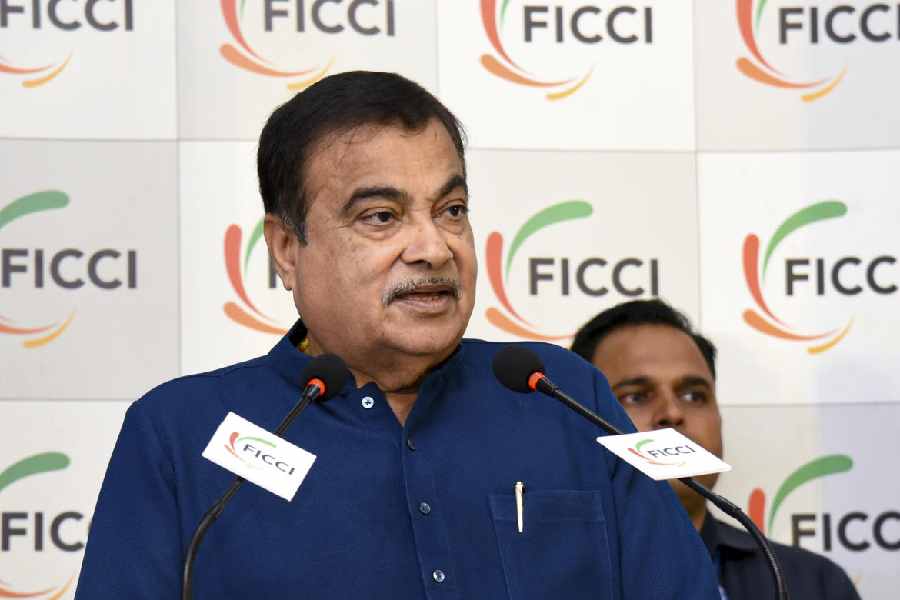Calcutta, May 23 :
Calcutta, May 23:
It was 'lights, camera, action' at the dilapidated Clive House in Dum Dum on Wednesday. A journey back in time for a once-grand structure now but a ruin, reliving its illustrious past on celluloid. The BBC is filming an hour-long documentary on 'the creative relationship between 18th and 19th Century British and Bengal architecture' with Robert Clive , the reformist, as focus.
Anchored by architecture historian Dan Cruickshank, the documentary seeks to trace the evolution of the distinctive style of architecture during the period, owing as much to Bengal in 'construction and tradition'' as to the 'status and forms of European classical architecture''. The docu-feature takes off from Clive House and pans on an entire range of buildings, including the Sovabazar Rajbati, Governor's House, Dalhousie Square, Town Hall, St John's Church, Writers' Buildings and Metcalfe Hall, before moving on to the architectural marvels of Murshidabad.
The BBC crew is also awaiting clearance from New Delhi to film a 'historical dig'' at Clive House by the Archaeological Survey of India. The mound atop which the crumbling mansion stands, houses much older sites, dating back to the 12th and 15th Centuries.
'The site is unique in the sense that it is home to successive genre of architecture that evolved in medieval Bengal, culminating in the British occupation of the city. In a nutshell, it is the microcosm of Calcutta's history,'' says Cruickshank, who had shot a documentary on Clive House in 1996.
The crew hinges it contention on the fact that Clive inherited the mansion as East India Company chief in 1758. 'He did not build it. He just added the first floor and some wings to make it more native-friendly.''
Clive House, according to Cruickshank, combined the best of European and Indian aspects to suit the then social ethos. 'It is the perfect example of shared heritage,'' says Nicky Pattison, producer, BBC Arts. The sprawling durbar-type reception and the dance halls were deviations from the European classical norms, meant to cater to the local taste.
'Clive perhaps entertained the local landlords there,'' observes Pattison. The crew, which wanted to capture the essence of the era, also filmed elaborate court sequences at the Sovabazar Rajbati, where Cruickshank was entertained by 'traditional dancers''.
'We will be speaking to chief secretary Manish Gupta about the steps that can be taken to unravel the mystique of Clive House through an Indo-British initiative,' adds associate producer of the project, Bonani Kakkar.
Pattison and Cruickshank, however, are more excited about what lies beneath Clive House. 'We have discovered three layers of bricks, indicating the presence of Mughal structures from the 12th Century,'' says Cruickshank. According to superintending archaeologist, ASI, S.B. Ota, the 'nature of the mound' spanning an area of roughly four sq km is 'ancient''. 'If the dig comes through, it will add to the significance of the project,'' smiles Pattison.
 Friday, 31 October 2025
Friday, 31 October 2025









